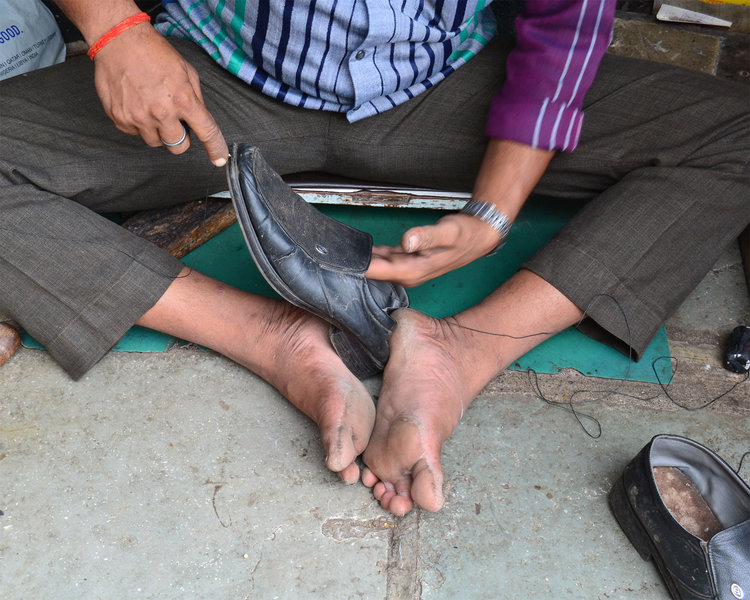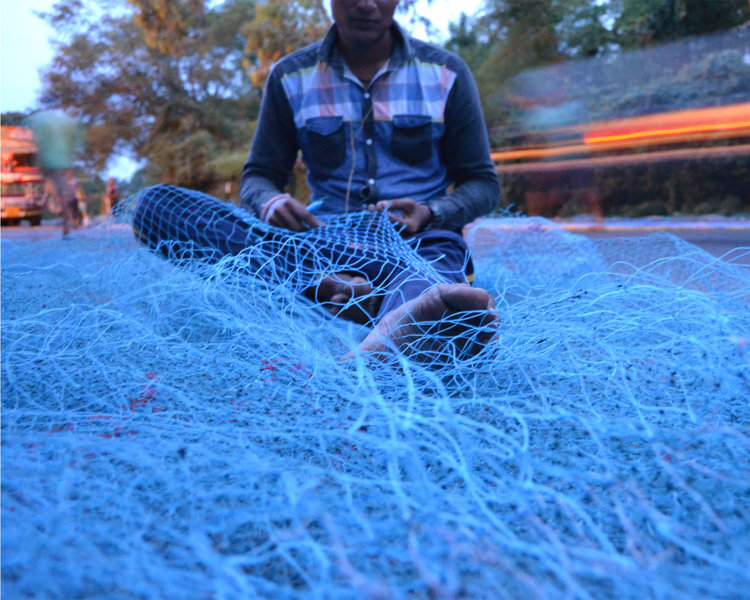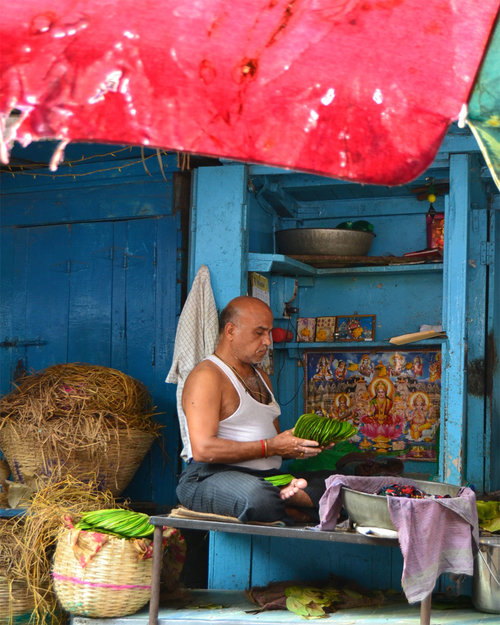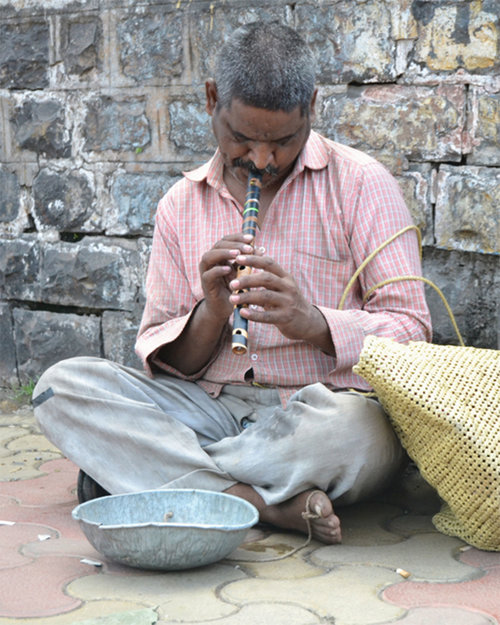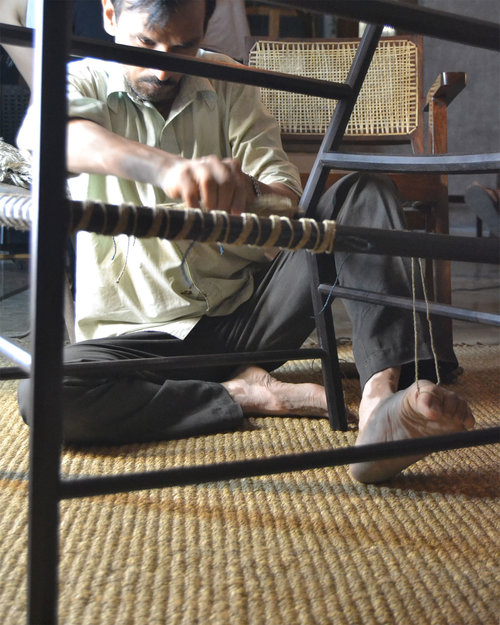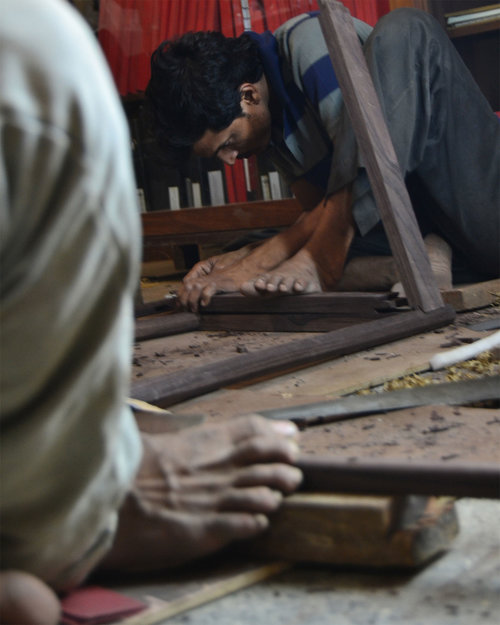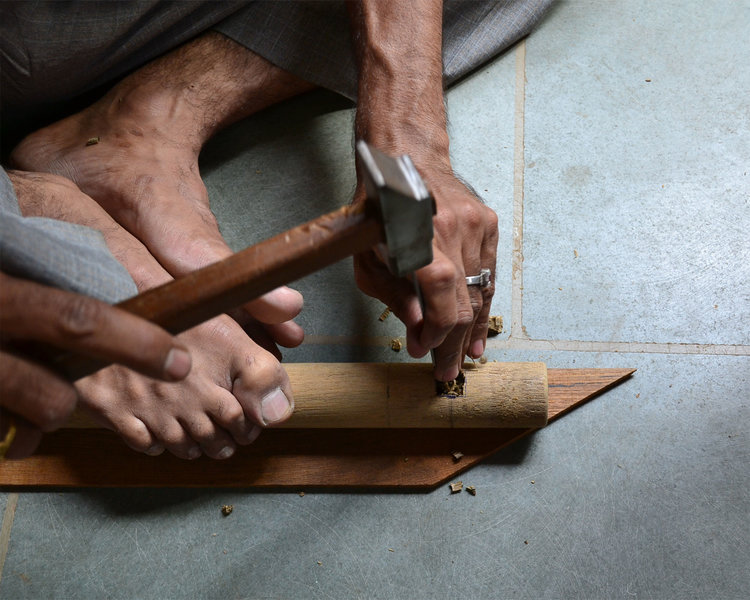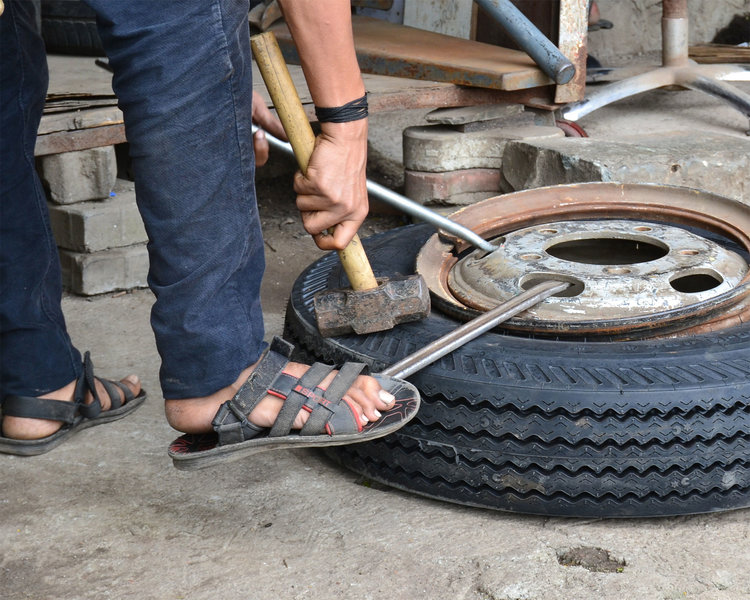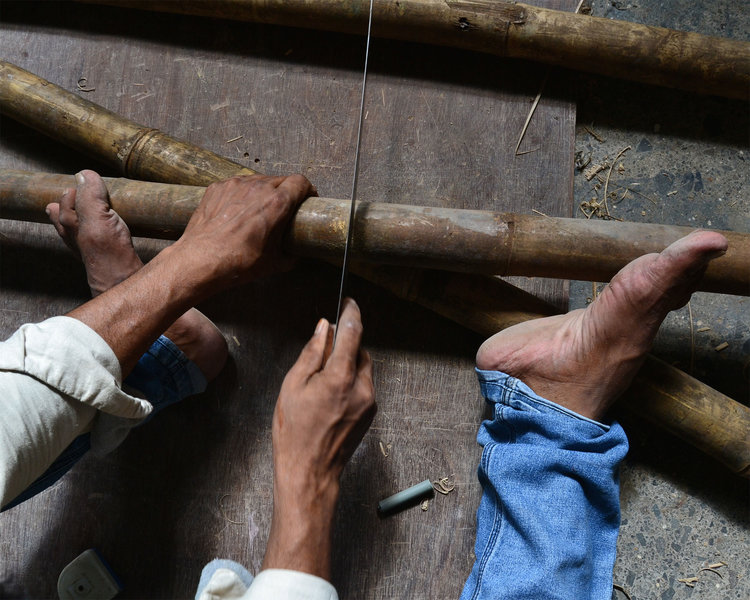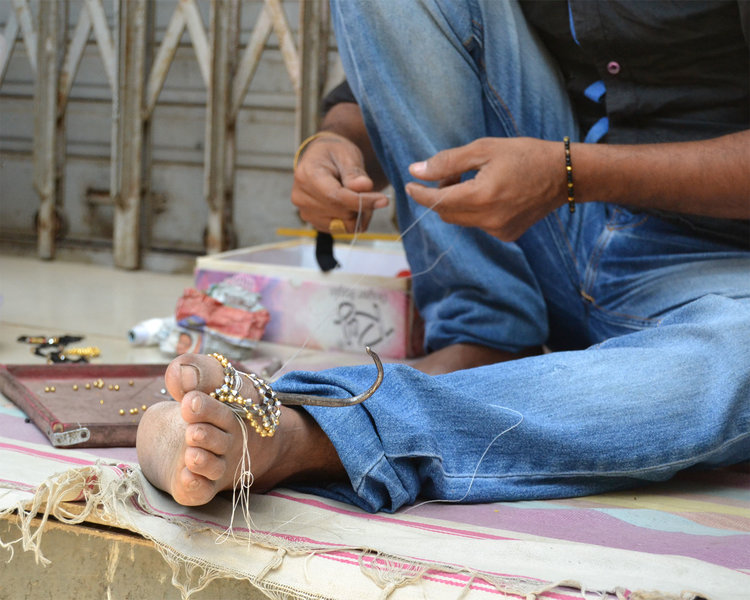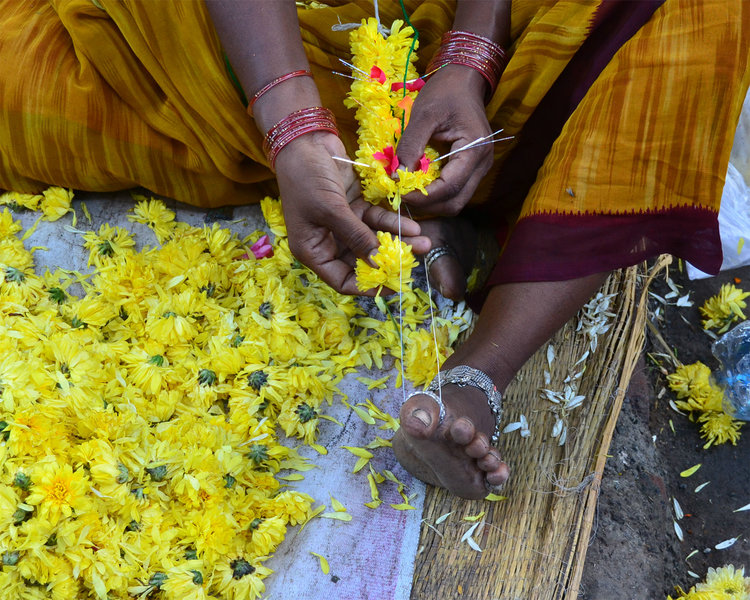THE THINGS WE CARRY
BY ESTHER RUTH MBABAZI
`The Things We Carry' is a photography project that explores the things people choose to carry with them when leaving their homes behind in times of conflict and war. One cannot walk long distances with heavy items, and so the majority of ones home is left behind – in most cases never to be seen again. In these images I document South Sudanese refugees in Bidi Bidi refugee camp in Yumbe District, Northern Uganda, and asked them what is the most important thing they carried with them on their journey, and what it means to them. Their stories, and the items they choose, are a reminder of the individuality of each refugee, and the weight borne by those forced to abandon their homes.
Portrait of Kideni Mary, 16, in her home in Uganda's Bidi Bidi, the world's largest refugee camp, and the bible and graduation card she carried with her from South Sudan, on November 2, 2017.
When asked why these were the items – both gifts from her father – that she chose to carry with her when fleeing South Sudan's ongoing conflict, Kideni said: "My father was a hardworking man, and having evidence of his success encourages me to work hard and achieve mine."
Portrait of Nada Sara, 25, in her home in Uganda's Bidi Bidi, the world's largest refugee camp, and the cooking pans she carried with her from South Sudan, on November 2, 2017.
When asked why these were the items that she chose to carry with her when fleeing South Sudan's ongoing conflict, Nada said: "It's hard to survive on the road without food. I have young children."
Portrait of Christine Kideni, 7, in her home in Uganda's Bidi Bidi, the world's largest refugee camp, and the teddy bear she carried with her from South Sudan, on November 2, 2017.
When asked why this was the item – a gift from her parents for her 6th birthday – that she chose to carry with her when fleeing South Sudan's ongoing conflict, Christine said: "Because it is mine."
Portrait of George Thaban, 64, in his home in Uganda's Bidi Bidi, the world's largest refugee camp, and the photos of his wife he carried with him from South Sudan, on November 3, 2017.
When asked why these were the items – photos of his wife on a solar educational trip to India – that he chose to carry with him when fleeing South Sudan's ongoing conflict, George said: "For my wife, going to India was a big achievement in her life. I couldn't leave the memories behind."
Portrait of Mary Sunday, 17, in her home in Uganda's Bidi Bidi, the world's largest refugee camp, and the bed sheets she carried with her from South Sudan, on November 2, 2017.
When asked why this was the item that she chose to carry with her when fleeing South Sudan's ongoing conflict, Mary said: "Back home, most girls my age design their own bed sheets. This was my first design and the one I love the most."
Portrait of Nema Sunday, 23, in her home in Uganda's Bidi Bidi, the world's largest refugee camp, and the traditional outfit she carried with her from South Sudan, on November 2, 2017.
When asked why these were the items that she chose to carry with her when fleeing South Sudan's ongoing conflict, Nema said: "I love to dress up nicely, especially on Sundays."
More images of the project click
About the author
Esther Ruth Mbabazi is a Ugandan photographer whose work focuses on the social, physical and emotional aspects of daily life, especially in rural areas and amongst minority groups with an interest in Public Health. Esther is a VII Photo Agency Mentee. In 2017, she was a Magnum Foundation Photography and Social Justice fellow. The year before Esther was selected for the 2016 World Press Photo Masterclass East Africa, and won the inaugural Young Photographer Award presented by the Uganda Press Photo Award. Her work has been published in international publications such as Time Magazine, The New York Times and The Africa Report, and she frequently collaborates with organizations such as Comic Relief, Farm Africa and Let There Be Light International, among others. Recognized for her nuanced approach to social issues, Esther's work draws on her own experiences to reflect more varied and underrepresented stories from the African continent and beyond.
website : http://www.esthermbabazi.com/








